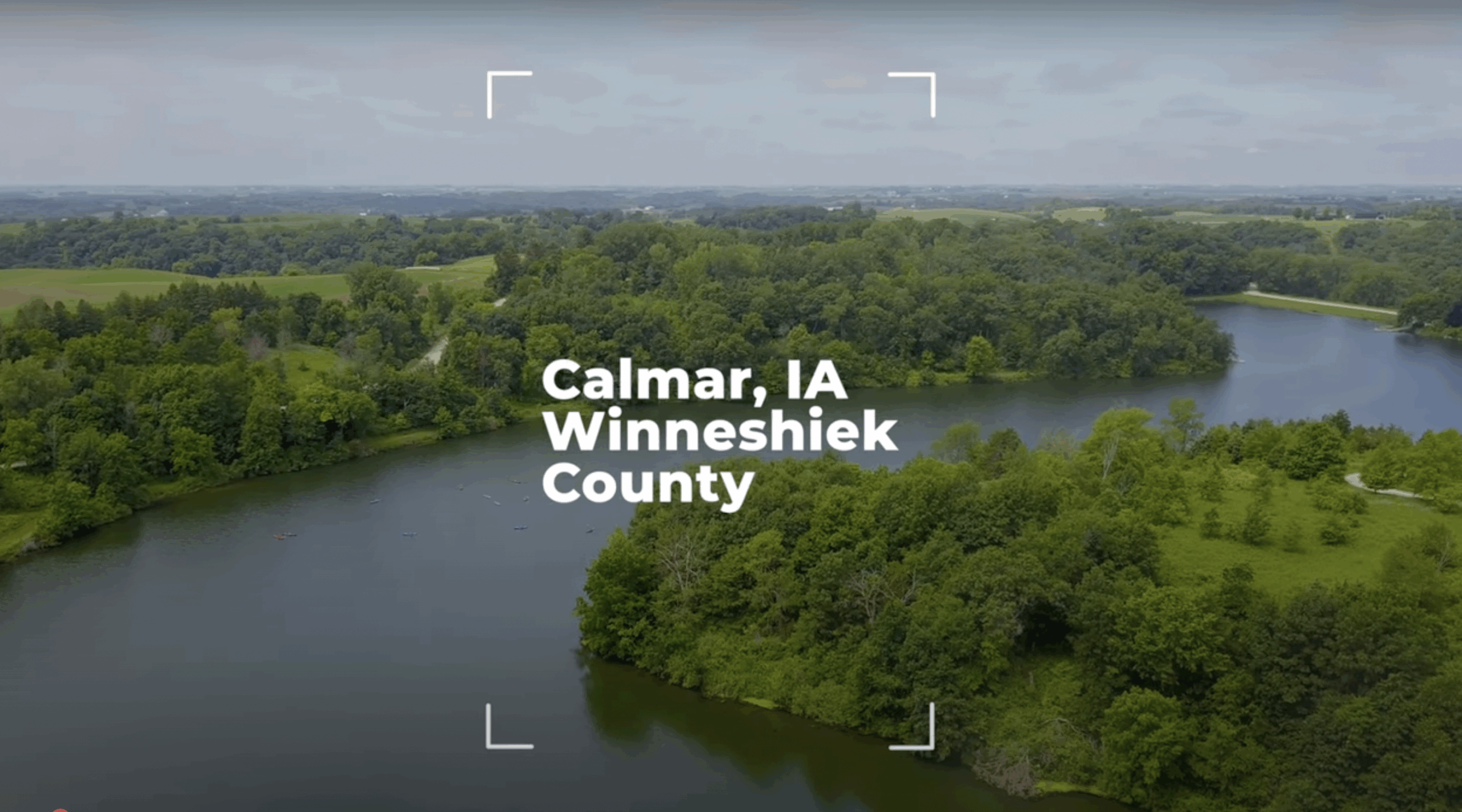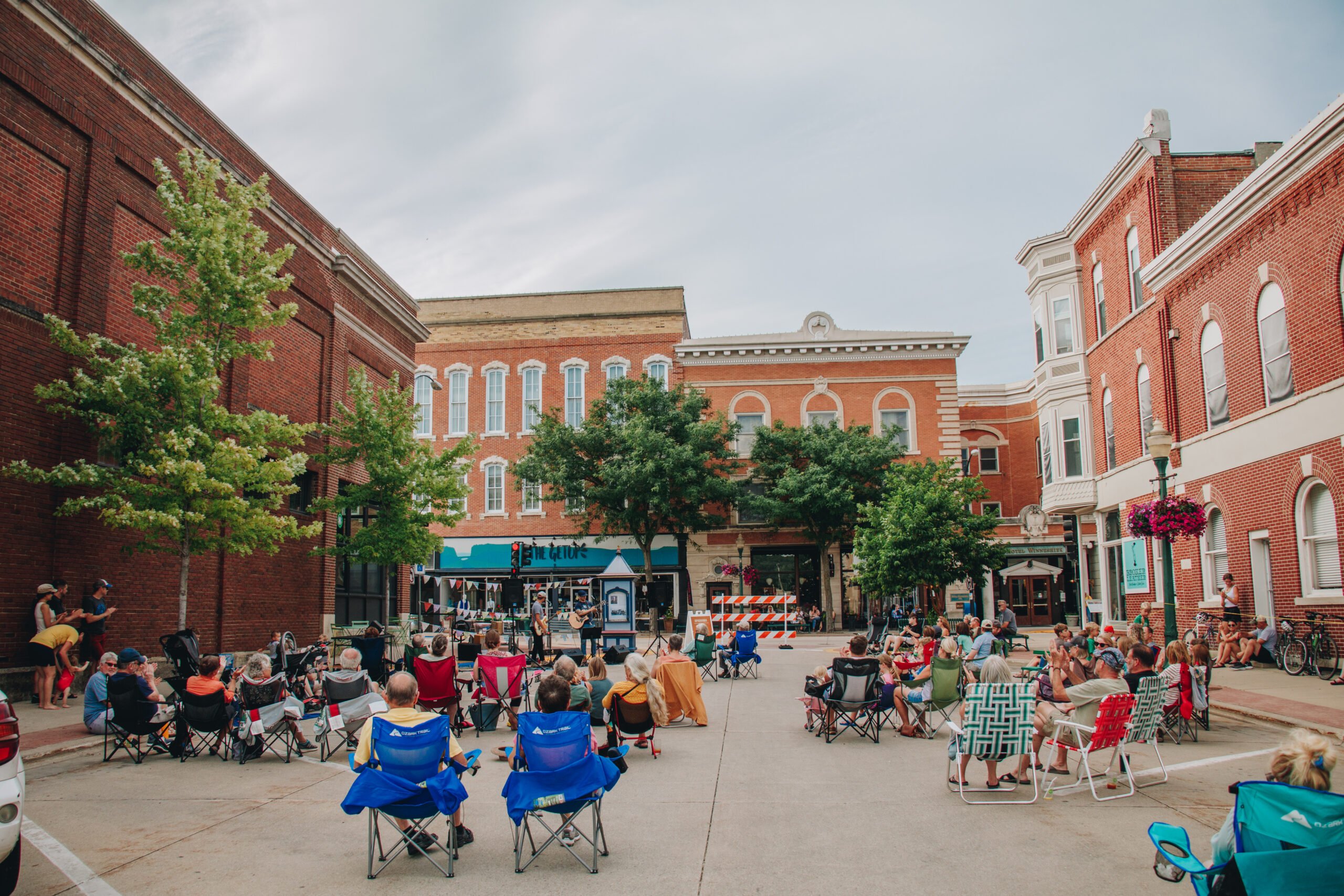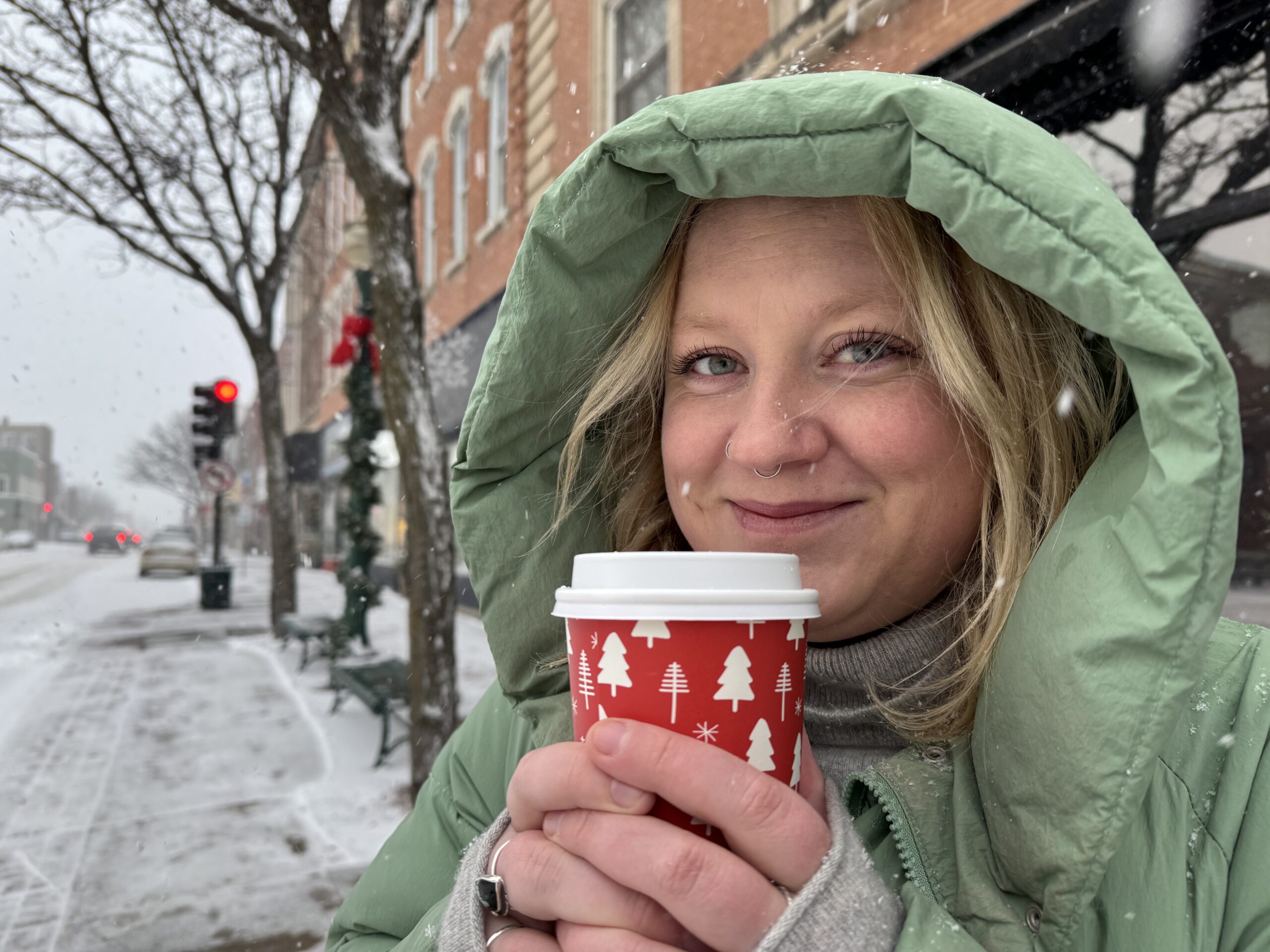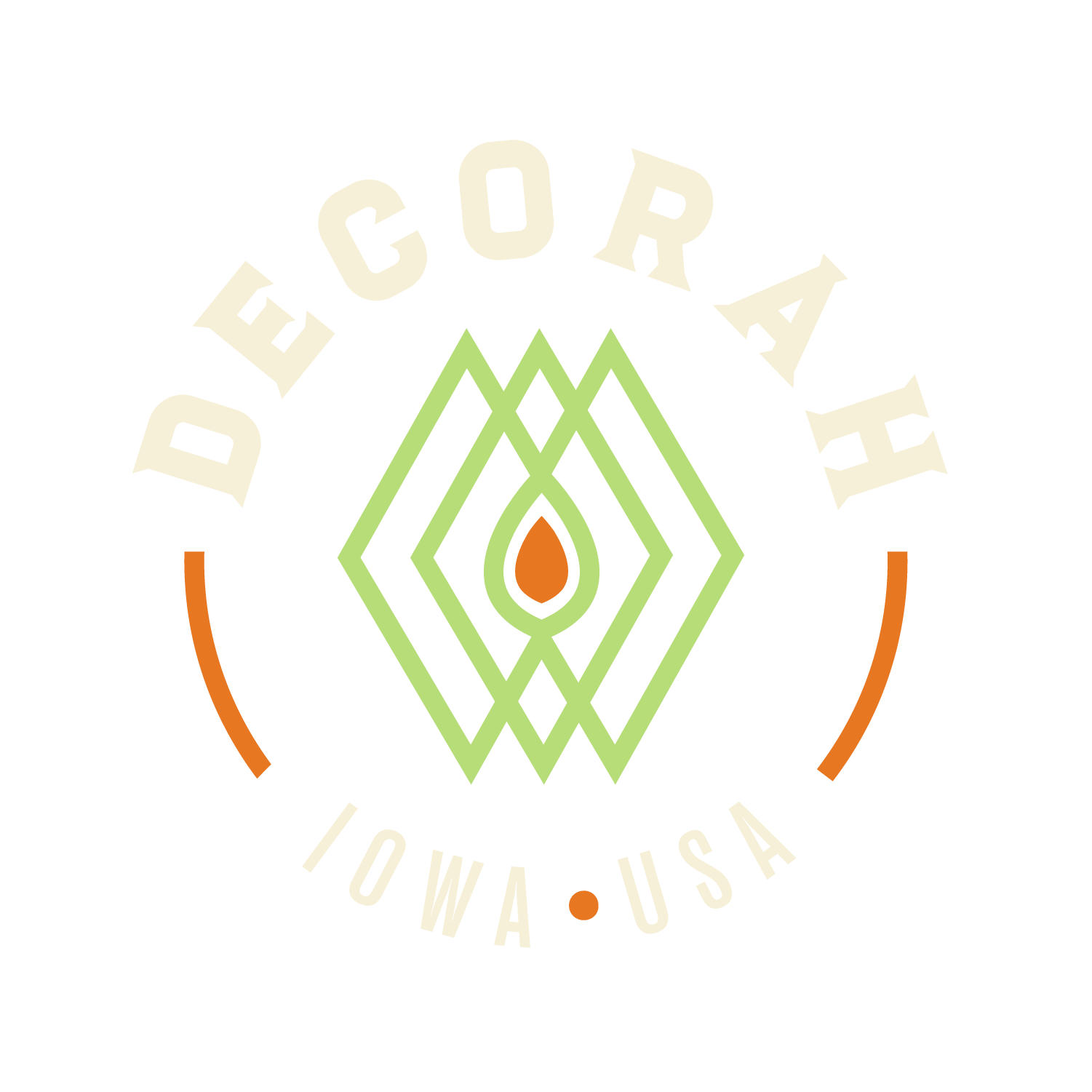Seed Savers Exchange, known today as one of the country’s largest banks of non-genetically modified, heirloom seeds, started with just a few morning glory seeds in one tiny, white pill box—the kind with a sliding top—that co-founder Diane Whealy’s Grandpa Ott kept on a shelf in a walnut cabinet, like china. “Did you know we brought these from Bavaria?” he asked Diane one summer when she was visiting his St. Lucas, Iowa, farm. No, no she did not, and so they talked about how those seeds—and those of a tomato variety he treasured known as “German Pink,” crossed oceans in the pockets of his parents in 1884, to be planted and saved, planted and saved, since.
“And that was it,” Diane explains. “Everyone has some hallmark of their childhood, and mine was my grandparent’s sitting porch, with morning glories trellised up and over and all around.” When her grandfather passed away later that same year, she realized the mission of what would become Seed Saver’s Exchange. “I thought, ‘Wow!’ If I hadn’t asked him about those flowers, the seeds and their story would have died with him.’” Surely there were others gardeners—and eaters!—who valued biodiversity and the freedom of planting flowers, fruits, and vegetables whose genes were not patented and controlled by corporations.
To test her intuition, Diane and her late co-founder, Kent Whealy, placed a tiny ad in Mother Earth News, hoping other “closet seed-savers” would respond. “It basically read, ‘Anyone interested in swapping seeds?’” And boom: their kitchen filled with more than 2,400 varieties of beans, then more than 500 varieties of tomatoes. Soon, they mortgaged their car to buy a computer to start spreadsheets of seeds, their origins, and their viability.
“Keeping seeds requires active stewardship,” she explains. “You have to grow out the plants at regular intervals and harvest fresh seed to ensure their survival.” And so, now situated on 890 acres just north of Decorah, Seed Savers is home to more than 20,000 rare, open-pollinated seed varieties, 600 of which are featured in Seed Savers’ widely anticipated annual catalog.
Seed Savers itself is both a seed vault and a production farm, where more than 1,000 varieties of flowers, herbs, fruits, and vegetables are systematically grown and their seed harvested each year. The garden beds are buffered by rich woodlands threaded with 9 miles of hiking trails, rare karst waterways, and prime pollinator habitat. At the entrance stands the Lillian Goldman Visitors Center, a locally crafted timber frame barn that houses a gift and garden shop. It’s also the hub of acclaimed events, including Seed Savers’ annual conference, a late-summer tomato tasting, benefit concerts featuring the likes of folk artist Greg Brown, and winter sleigh-rides. Other farmyard attractions include a herd of Ancient White Park cattle; heirloom breeds of chickens, turkeys, and geese; and an orchard of 900 heirloom varieties of apples.
Through its growth, Seed Savers remains open to all. It’s a resource for new and veteran gardeners alike, where the saving and swapping of seeds is still the heart of the growing season, and the connection between growers themselves ensures food diversity and security. For more information and to get involved, visit seedsavers.org.
“You don’t need fancy equipment or a degree in botany to be part of this movement,” Diane adds. “Our ancestors created the legacy we know today by taking care, by paying attention, and by sharing what they learned. This seed is in our hands now, and together, we pass it on.”
Caption info:
Seed Savers Exchange is the only non-governmental contributor to the Svalbard Global Seed Vault, located on an island in the Arctic Circle, between Norway and the North Pole. This collection contains more than 1 million samples, representing nearly every country in the world.
